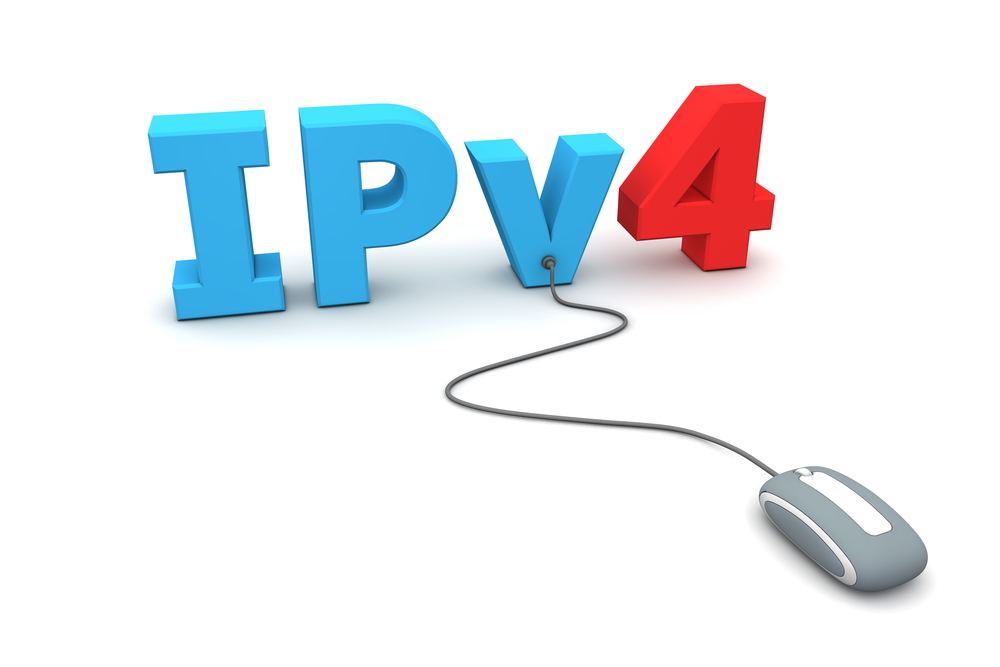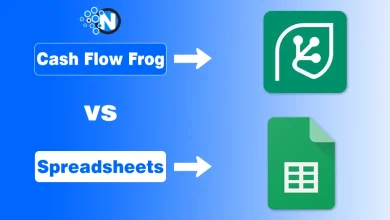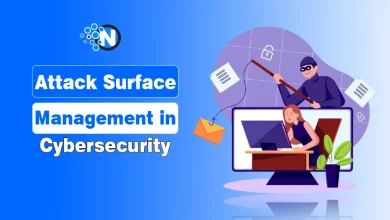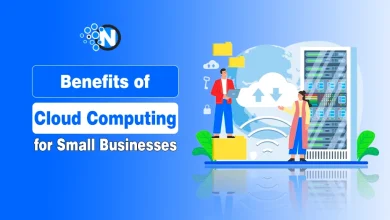Transformation To IPV6 – A Complete Guide
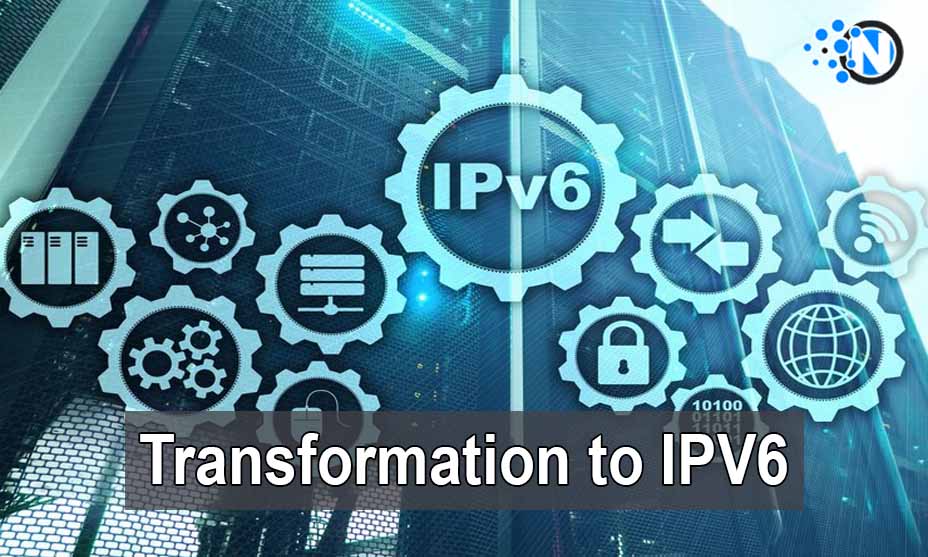
The world we are living in is getting advanced in several aspects. There are several devices that people make use of to connect with the world of the internet and to make sure that they are getting the best out of what they are having with their devices. There is a craze among people relating to connectivity to the internet. Since IP address has become one of the scarce resources in the world as we are using oil and natural gas, scientists expect a bottleneck situation to occur shortly, and all the IPV4 addresses will get exhausted.
This is so since several devices are being used to connect to the internet, which is significantly less at the time they are being introduced for public use. After submitting the IPV4 addressing system, scientists guessed that there would be fewer devices that come to the internet to get the number of services they want. But later, wireless technology took the world of technology to the next level, where the need for IP addresses increased beyond expected. Due to this, many devices are going to suffer shortly.
Even though in the middle of 1996, there occurred a problem of addressing overhead where scientists provided a solution of subnetting concept through which they could extend the serviceability of the addressing system. But this, they say at the time of introduction, is a temporary solution. Now, there is a problem where many mobile phones based on Android and other operating systems have penetrated the market in millions, making it quite tricky for network providers to assign individual IP addresses for every user within the network.
The IPv4 system has been entirely replaced by the superior IPv6, which provides a vast increase in capacity and is rapidly gaining widespread adoption. The superiority of IPV6 is evident, as it allows people worldwide to have a single and unique IPV6 address that never needs to change, unlike the dynamic addressing system of IPV4. Due to this, it is pretty easy for people to make their devices unique and provide better security.
Even after assigning a single and unique IP address for all people on earth, there will still be several addresses left unclaimed since the address exceeds the whole world’s population by several numbers. Hence, without using much of the personal IP, through better connectivity and secured transitions, people can get many dynamic IP addresses for better security, which is impossible with the current IPV4 type of addressing. Till the year 2014, there are around 96% of people using IPV4 addressing, where there will be a significant drift towards IPV6 in the years that are yet to come.

